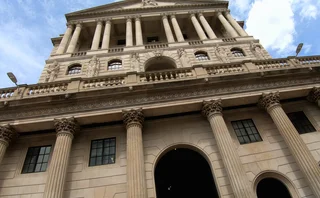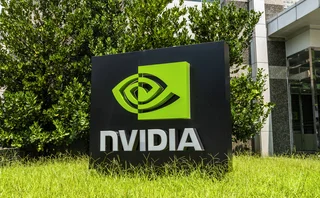
Refuge of ‘chancers’: Spacs draw criticism from big investors
Poor disclosure, sub-par returns and share dilution are highlighted as risks of so-called ‘blank-cheque’ companies

Institutional investors are distrustful of special-purpose acquisition companies (Spacs) which they say encourage immature businesses to go public too soon, and lack the due diligence associated with traditional listings.
Some fear that the runaway growth of these funding vehicles is masking patchy returns on newly purchased companies, and that “deal fever” may tempt sponsors into rash acquisitions.
Steve Russell, co-manager of the £3.6 billion ($5 billion) LF Ruffer Total Return Fund, says
Only users who have a paid subscription or are part of a corporate subscription are able to print or copy content.
To access these options, along with all other subscription benefits, please contact info@risk.net or view our subscription options here: http://subscriptions.risk.net/subscribe
You are currently unable to print this content. Please contact info@risk.net to find out more.
You are currently unable to copy this content. Please contact info@risk.net to find out more.
Copyright Infopro Digital Limited. All rights reserved.
As outlined in our terms and conditions, https://www.infopro-digital.com/terms-and-conditions/subscriptions/ (point 2.4), printing is limited to a single copy.
If you would like to purchase additional rights please email info@risk.net
Copyright Infopro Digital Limited. All rights reserved.
You may share this content using our article tools. As outlined in our terms and conditions, https://www.infopro-digital.com/terms-and-conditions/subscriptions/ (clause 2.4), an Authorised User may only make one copy of the materials for their own personal use. You must also comply with the restrictions in clause 2.5.
If you would like to purchase additional rights please email info@risk.net
More on Investing
Quants try investing like Socrates, with help from AI
Researchers are testing whether LLMs can use methods borrowed from ancient philosophy to answer complex questions
Precision-crafted: the new tools of investing
Key trends, tactics and innovations that are influencing investors’ thinking in the current environment
Expert vision, efficient execution
Why more investors are turning to third-party portfolio implementation platforms to maximise efficiency and impact
Podcast: Alexandre Antonov turns down the noise in Markowitz
Adia quant explains how to apply hierarchical risk parity to a minimum-variance portfolio
Bank of England mustering unit to model system-wide stresses
Permanent team at UK supervisor will work on buy- and sell-side interactions
Reverse dispersion gains traction as implied spread jumps
Inverted strategy on Euro Stoxx 50 gains popularity for profit-taking and correlation play
Why vol markets shrugged off Nvidia rout
Gamma, autocalls and stock dispersion helped prevent a broader market meltdown
Why JP Morgan’s Santos wants to make bad news travel fast
Asset management CRO says sharing information early holds the key to avoiding surprises








